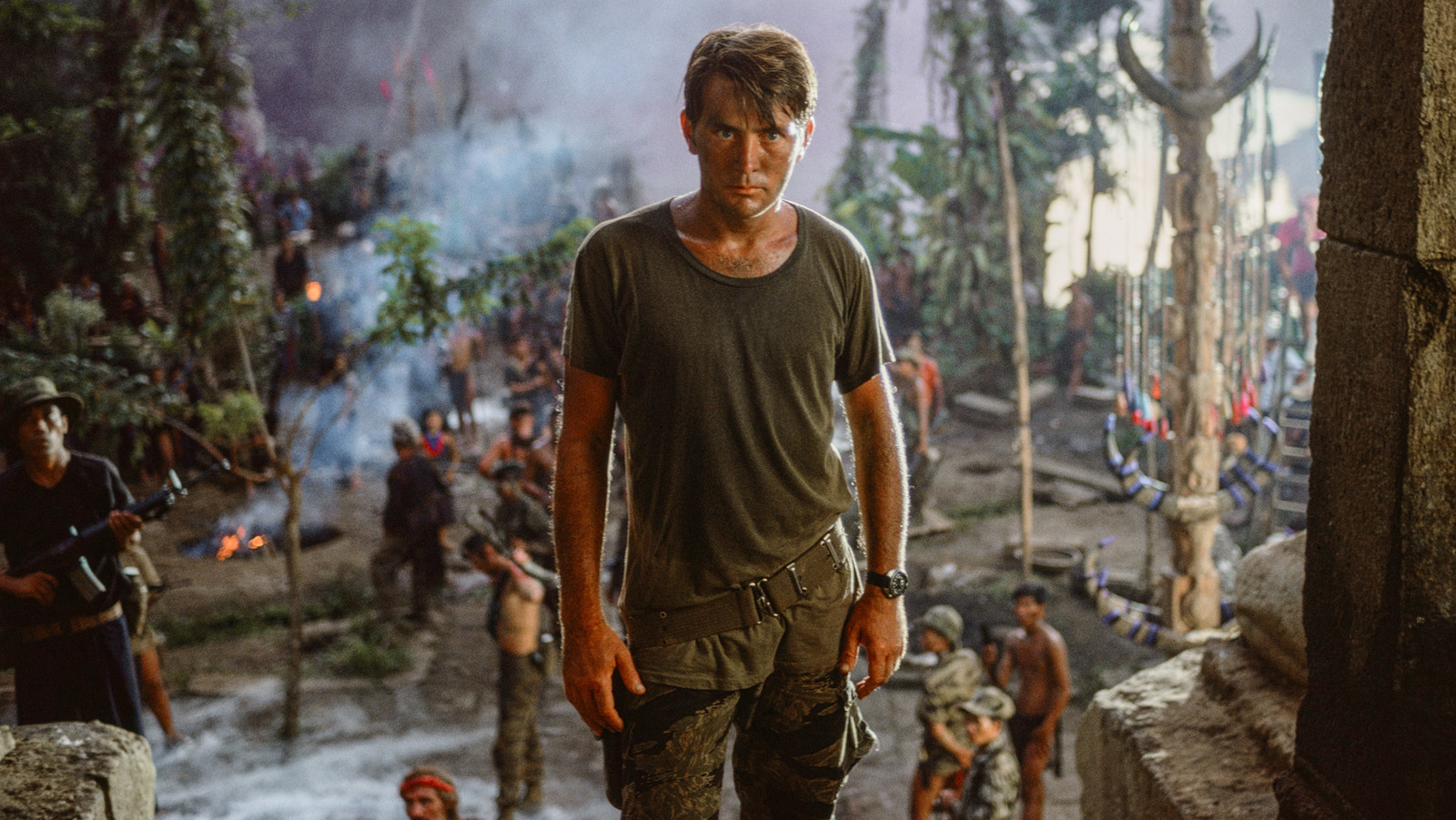Francis Ford Coppola, renowned for his directorial prowess, particularly in films like The Godfather series, faced one of his most significant challenges while making Apocalypse Now. This Vietnam War epic, inspired by Joseph Conrad’s Heart of Darkness, not only transformed the war genre but also highlighted Coppola’s commitment to both authenticity and ethical filmmaking despite numerous production hurdles.
During the making of Apocalypse Now, Coppola navigated a minefield of logistical nightmares, from lead actor Martin Sheen’s heart attack to multiple set demolitions. However, one of the most ethically challenging moments was the filming of a water buffalo’s slaughter, an act tied deeply to local tribal customs where the film was shot.

“I’m not going to kill an animal for a movie; I’m not going to kill anything for any reason.”
The Real and the Reel: Blurring Lines in Cinematic Warfare
Apocalypse Now is not merely a war film but an exploration into the psychological turmoil and moral dilemmas faced by soldiers. In one of the film’s most intense scenes, the tribal execution of a water buffalo mirrors the onscreen killing of Marlon Brando’s Colonel Kurtz by Martin Sheen’s character, Benjamin Willard. This juxtaposition is not only a directorial choice but a narrative technique that enhances the film’s grim commentary on the barbarity of war.
While the buffalo was indeed killed as part of a local ritual, Coppola ensured that the filming of this event was handled with respect to the tribal practices, without interfering or altering their traditions. His approach to filming this scene was to document rather than direct, allowing the tribe’s own customs to dictate the action.

Navigating the Perils of Production
The production of Apocalypse Now was fraught with dangers that went beyond ethical dilemmas. The film’s set was a real-life enactment of the chaos depicted on screen, complete with live explosions and aerial maneuvers. Coppola’s dedication to realism brought an unparalleled authenticity to the film but also posed significant risks.
“We were up in the air when flares were hitting us. One of the things I’m so proud of is we did not lose one person. One person was lost on a construction crew … which is one too many. But it was extraordinary that we did all that we did with all this flying around and the explosions.”
The impact of Apocalypse Now on cinema is indisputable. It not only won accolades such as the Best Cinematography and Best Sound Oscars but also earned a spot in the National Film Registry for its cultural, historical, and aesthetic significance. Moreover, its re-release as a ‘final cut’ in 2019 allowed new audiences to experience Coppola’s vision in its most refined form.
Conclusion: Coppola’s Lasting Legacy in Filmmaking
Francis Ford Coppola’s work on Apocalypse Now remains a testament to his directorial genius and ethical considerations.

Despite the immense challenges, he delivered a film that is both a technical masterpiece and a profound study of morality and human conflict. The ethical complexities involved in its production, particularly the scenes involving real tribal customs, underscore Coppola’s respect for authenticity and cultural sensitivity. This film not only reshaped war narratives in cinema but also demonstrated the profound impacts of ethical filmmaking.

